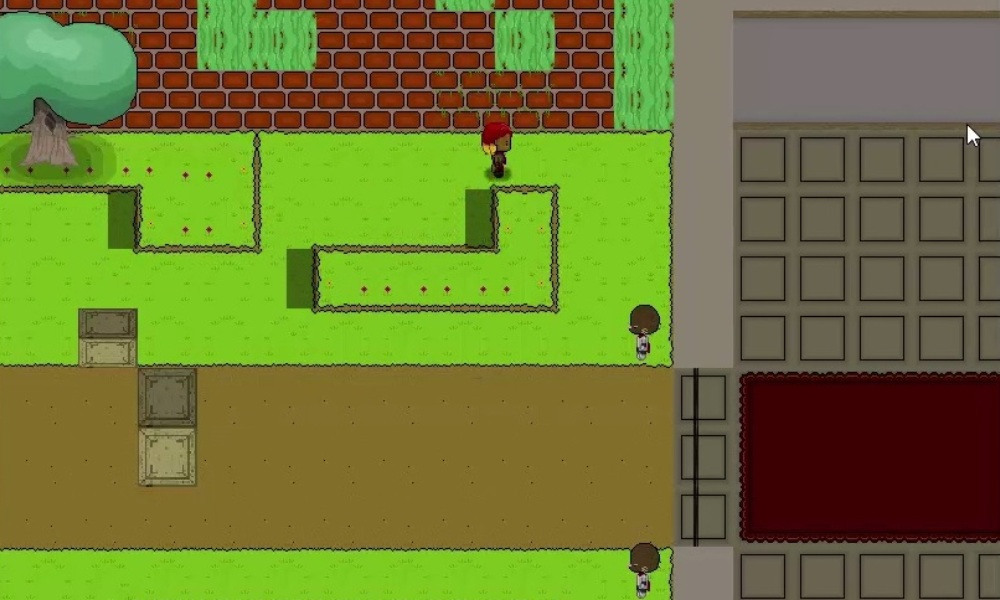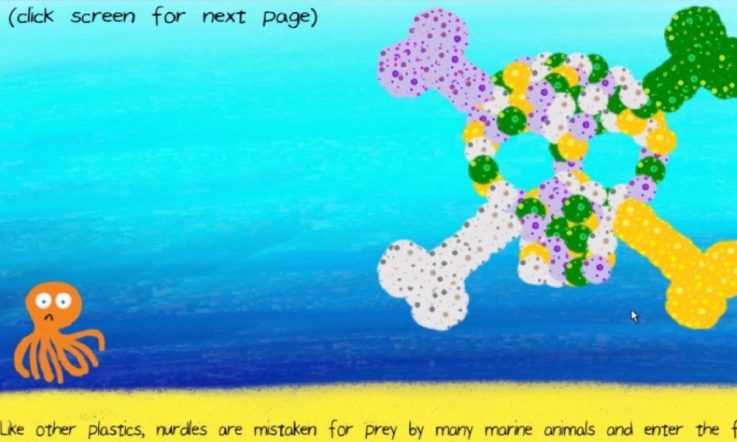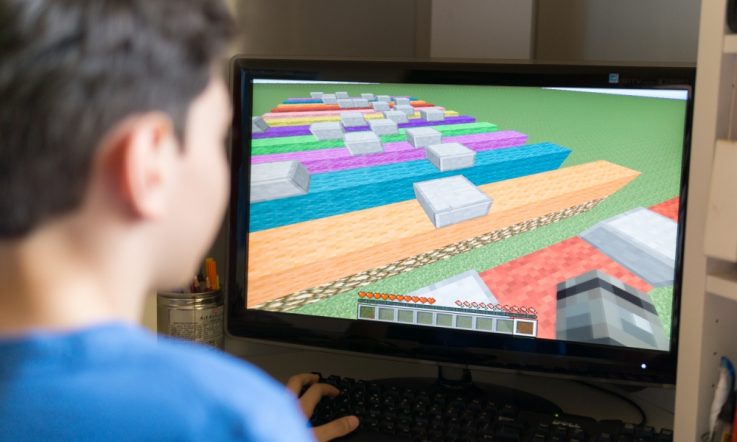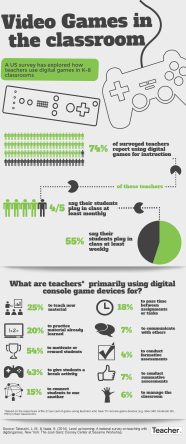From Pac-Man style arcade games to three-dimensional puzzle games – students taking part in this year's Australian STEM Video Game Challenge brought their best ideas to the task of designing and building an original video game based on STEM concepts.
Aimed at those in Year 5-12, the challenge encourages students to engage in STEM learning in a dynamic and engaging way.
Currently in its third year, the challenge is coordinated by the Australian Council for Educational Research (ACER). Over the weekend, the 2016 award winners were announced at the annual PAX Australia video game exhibition in Melbourne.
Ahead of the award ceremony, ACER's Australian STEM Video Game Challenge Project Director, Liam Hensel told Research Developments that any student with an idea can make a game, but there are specific skills that help students create a good game.
‘Student teams must develop their concept, artwork and design environments; produce figures and characters; and create music and sounds. They also need good communication, collaboration and interpersonal skills during the development and build stages, and crucially during the testing stage, when resilience comes in handy as well,' Hensel said.
‘The Challenge aims to help students develop the increasingly valuable set of skills that will empower them to succeed in the future. It also shows how STEM have applications beyond a laboratory and outside a textbook.
Here, we take a look at the 2016 winners:
Year 5-8 Scratch
Winning students: Nyibango Costa and Shiris Kayastha, St Vincent's Primary School, ACT. Game: Magnetics
This two-dimensional platform game uses the game environment to explore the physics and properties of magnetism. It uses both positive and negative poles as a mechanism to complete challenges. The Australian STEM Video Game Challenge judges describe it as ‘a great first attempt at a game' and a good crossover between platform and puzzle genres.
Winning student: Luke Aguilar, Tacking Point Public School, NSW. Game: Bounce
This game requires the player to navigate from one to point to another, all while solving various challenges. It is a top-down maze-navigation style game. The judges noted the great use of physics, angles and trigonometry displayed in the game. They were also impressed by the graduating complexity of the levels, and the amount of problem-solving embedded in the gameplay.
Year 5-8 Gamemaker/Gamestar Mechanic
Winning student: Aizaz Irfan, Renmark Primary School, SA. Game: Hard Games to Play
This game has been likened to Pac-Man and similar arcade style games, as it sees the player navigate through a series of mazes. The player must attempt to complete the challenge as quickly as possible, all while avoiding enemies and collecting tokens. The judges described this game ‘as a solid first attempt at a complete game that is enjoyable and challenging to play'.
Winning students: Isabella Varda, Joseph Silveira and Dua Fatima, Glenroy West Primary School, VIC. Game: Back to Earth
This adventure game follows the journey of a protagonist stranded on a foreign planet, needing to get back to Earth. In this game, the player must navigate a series of levels while avoiding enemies and collecting resources that will assist with the challenge of returning home. The game uses custom backgrounds, strategy elements and teleportation devices.
Year 5-8 Open (Unity)
Winning students: Abhi Singh, Emmanuel Pranoto, Helen Yang and Cameron Ke, Churchlands Senior High School, WA. Game: Time is of the Essence
Time is of the Essence follows the quest of the main character, Ace, who is sent on a mission to save the world from the threat of Professor Periwinkle. Described as a cross between Super Mario and Flappy Bird, this game challenges players to navigate a series of levels and obstacles, with an increasing degree of difficulty. The judges note the amount of consideration that has gone into the level design, gameplay and storyline.
Year 5-8 Open (Python)
Winning student: Maximus Lorents, Sydney Secondary College – Leichardt Campus, NSW. Game: PixelTanks
With the player in control of a military tank, their objective is to overcome enemies using a combination of strategy and force in order to progress to the next stage. The game's increasing levels of difficulty and additional ‘endless' mode helps to add to the game's longevity. It is also accompanied by an original soundtrack.
Year 9-12 Gamemaker/Gamestar Mechanic
Winning students: Tom Hubeek, Nathan Lambert, Lachlan Wiliamson and Jacob Djaelani, St Bede's College, VIC. Game: Spectrum
The player in this game is on a quest to restore colour to the world. Rendered in greyscale, the game allows the player to traverse a number of different levels in search of coloured crystals, dodging and leaping a number of different enemies along the way. The judges describe it as ‘a great example of collaboration between a team to develop a cohesive and enjoyable game'.
Winning student: Macus Ing, Trinity Christian School, ACT. Game: Superbug
Superbug is a strategy game that pits the players against strengthening waves of enemies. Interestingly, the player takes the role of the last trace of a virus inside the human body, fighting to survive against the combative practices of the immune system. The player must collect DNA to strengthen themselves and hold out for as long as possible against an increasing array of enemies.
Year 9-12 Unity
Winning student: Joseph Smith, Varsity College, QLD. Game: ColourSniper
This skeet shooting game requires the player to eliminate coloured projectiles as they fly through the screen using two types of ammunition. The judges describe the gameplay mechanics as ‘simple', however the inclusion of objects and the random nature of the projectiles help to ‘create an enjoyable game'. What's more, it is also available in touch-screen.
Winning students: Harry Waldon and Lachlan Weis, Ignatius Park College, QLD. Game: TumbleCube
A three-dimensional puzzle game, TumbleCube encourages the player to use physics to solve a series of problems. While controlling a cube, the player must roll, tumble and direct the cube through a series of courses. The judges says it is a ‘highly entertaining and challenging game that makes good use of Unity's 3D physics capabilities'.
Year 9-12 Open (Haxelflixel)
Winning students: Stuart Rich and Eli Narev, Sydney Grammar School, NSW. Game: Super Probe Quest
Super Probe Quest tells the story of an intern at NASA responsible for sending a probe to Pluto. Described as ‘well-documented' and ‘innovative', this game is structured as a series of mini-games that must be completed in order to obtain the parts needed to assemble and launch the probe. Varying between platformer, arcade and puzzle genres, the variety of games helps to carry the story along.
Year 9-12 Open (RPG Maker)
Winning students: Aaron Hamilton-Gold, Celeste Oliffe-Gold and Tyler Whelan, Dulwich High School of Visual Arts and Design, NSW. Game: Mole'd
This game was created in RPG Maker using a combination of Ruby and Javascript programming languages. Complete with original artwork, Mole'd sees the player take control of Maria, an engineer on a quest to save a race known as the Mole People. The judges say ‘Mole'd combines a detailed storyline with adventure and strategy to create an engrossing gameplay experience for the player'.
The Australian STEM Video Game Challenge will open again in April 2017. To access teaching and student resources, and to find out how to get involved, click on the link.
In what ways is your school engaging students in STEM subjects?
If you’re using educational games in the classroom, how do you ensure you’re also meeting learning outcomes?



